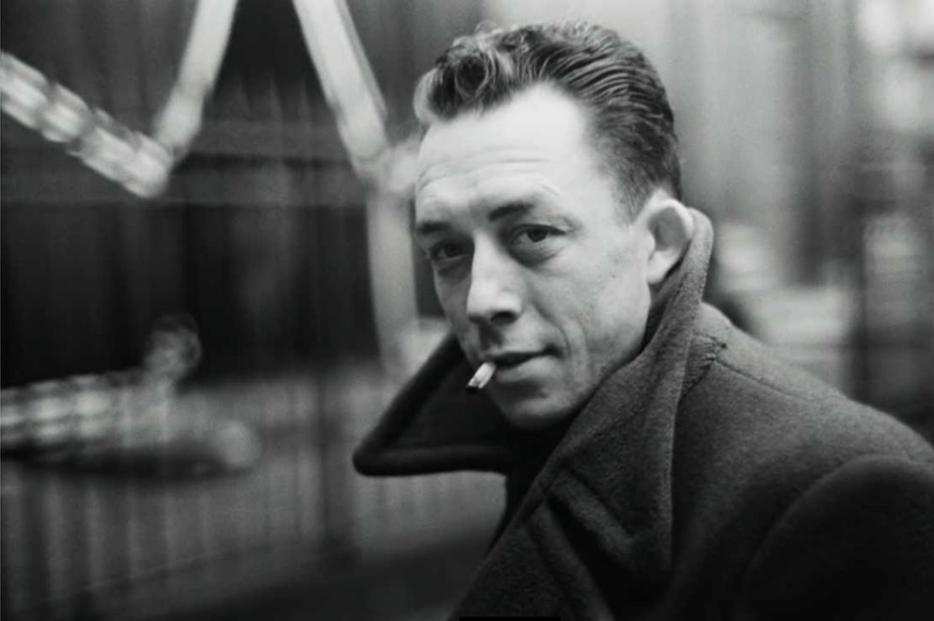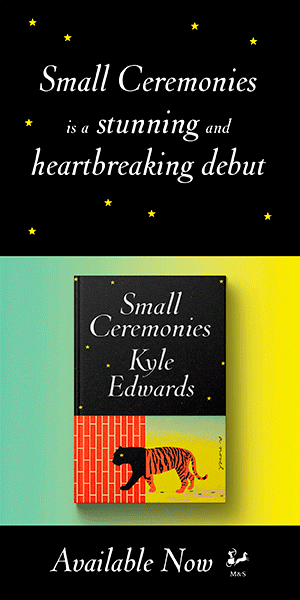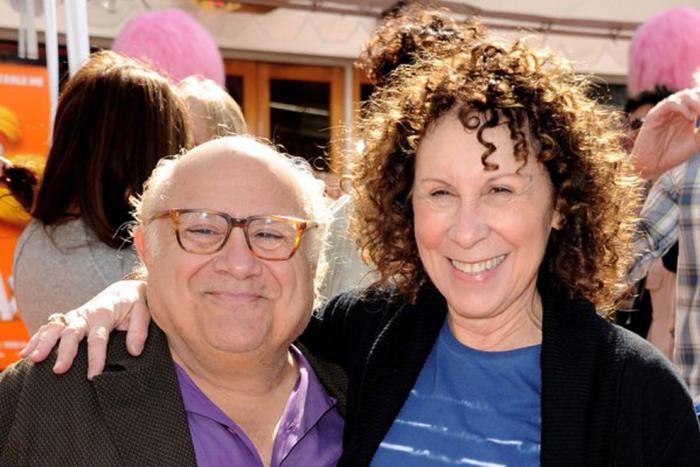Artemis Cooper was 17 when she developed a crush on the English travel writer Patrick Leigh Fermor, who was then in his 50s. “I thought he was amazing,” she told The Telegraph, talking about her new biography of Fermor. “He had what the Greeks call leventeia—the jokes, the physical courage, the sheer joy of life... it wasn’t a sex thing. It was the fact that he was so curious about everyone, so kind and funny. And devastatingly attractive.” Not the sex, the leventeia: how English. In any case her book is terrific, animated by the crush but not choked by it.
Leon Edel, who wrote five volumes on the life of Henry James, said that writing biography was a little like falling in love. “Of course,” he added, “it’s a one-sided love affair since the love object is dead or, if alive, relatively unwooable.” In other words, a proper biography is an exercise in safe stalking: no one gets hurt, and the subject is too busy or dead to care. Without the passion it’s a chronicle of schooldays and grocery lists and letters to insurance adjusters. But if we end up learning as much about the author (and his obsession) as we do about the subject, the story can come alive. The best biographers end up as stealth characters in their own books: they fall in love, they follow the trail, they fall out of love, they lose their way, they find their way, and the subject is revealed almost by accident. The story is the search, not the discovery. And if the searcher is motivated by love—even a weird, obsessive, cockeyed, never-to-be-resolved love—even better.
Elizabeth Hawes doesn’t waste any time with Camus, A Romance, her crush-biography of the Algerian Nobel prize winner and existential poster boy. “I was writing an honors thesis on Camus’s work,” she tells us in the first paragraph, recalling her college days, “and in the process I had fallen in love with him. Not romantic love in the only sense I had experienced it in those days, an overheated yearning mixed with perpetual daydreaming, but something deeper, like the bonding of two souls.” She kept a picture of Camus on her dorm room desk, with Camus quotes written on index cards tucked into the frame of her mirror and propped up against a can of hairspray. “I felt both grounded and empowered by the simple fact that I understood exactly what he meant,” she writes. “I accepted his basic message—that in a world that was absurd, the only course was awareness and action.” Forget the other tens of thousands of moody undergrads in the ’50s with the same picture on their desks (Camus, collar turned up, smoking an unfiltered cigarette, looking like Joe Strummer with better teeth) and the same teenage fantasy (no one understands you like Albert Camus and vice versa)—Hawes was the only one who got it.
Leon Edel said that writing biography was a little like falling in love. “Of course,” he added, “it’s a one-sided love affair since the love object is dead or, if alive, relatively unwooable.” In other words, a proper biography is an exercise in safe stalking: no one gets hurt, and the subject is too busy or dead to care.
The book, written 50 years after that first mad crush, covers the basics: Camus’s childhood poverty, the battles with TB, the struggle to belong in post-war France and the struggle to articulate the lack of belonging. But it’s all mediated by the desire to know the man by the shreds he left behind, presumably just for her. In this way the book is nearly operatic: she loves him, he can’t love her, it doesn’t matter. The story is elevated by desire as it is in Wagner, which is not to everyone’s taste, and Hawes runs the risk of transforming Camus’s life into her own beefy baroque aria: “Sometimes I feel almost like his wife or sister as well as his reader, student, and Boswell, watching over him, worrying about his health or spirits,” she writes, long after the man, whom she never met, is dead. But while you can easily find other, colder biographies of Albert Camus, where the facts are more formally dressed and groomed, this one has the benefit of the author’s audible breathing, at times heavy. There’s life inside it.
I had never heard of the writer Frederick Rolfe before reading The Quest For Corvo, the 1934 biography by A.J.A. Symons. He was no rock-star writer like Camus, and the “Quest” is no love story by one of his legion of fans. It’s more of a relentless chase by an obsessed biographer trying to pin down a subject whom nobody’s heard of and who can’t be caught. Rolfe was already dead twelve years by the time Symons discovered him, through his little-known novel Hadrian The Seventh, loaned to Symons by a friend. Hadrian is the story of a disgruntled English priest who ends up, through an unlikely chain of events, as pope. D.H. Lawrence had nice things to say about Hadrian, but otherwise Rolfe, also known as Baron Corvo (a title he may or may not have legitimately earned in Italy), also known as Frederick William Serafino Austin Lewis Mary Rolfe, made a meagre living as a writer, mostly cadging from friends, and from friends who later turned into enemies. He was also a painter (who would only use brushes that had been blessed by a Roman Catholic priest), an underwater photographer, and a musician.
Rolfe hated other Catholics for what he described as their lack of honesty, although his dream was to be ordained as a priest; the Church rejected him. Hadrian The Seventh can be read as a revenge fantasy: failed priest is elevated to the highest office. According to the letters he left behind, Rolfe’s life (in later years he signs himself as Fr. Rolfe in the hopes that he’ll at least be mistaken for a priest) was a long series of grievances with landlords, friends who loaned him money, Catholics, publishers, other writers: he begged favours and then turned on those who provided them. He wore a ring with a spur that could be used as a weapon in case he was ever kidnapped. He claimed to understand the language of cats.
Baron Corvo was a hard to love. And yet, Symons can’t get enough of him. The letters pile up on his desk and in the end he finds no better option than printing them in full, in the book, which he called an “experiment in biography”: here’s the evidence, he says to the reader. You figure it out. The result is fascinating. Corvo’s life just gets worse, his paranoia deepens, and like Symons we can’t turn away because somewhere in the detail is the story of a sad hungry man. In one of the letters, Corvo writes:
No one ever loved me well enough to take the trouble to find out that which would give me pleasure. No stranger in the street ever said to me, ‘O, sir, why are you so unutterably sad?’ Friends do not to me, as they would that I should to them. There is some impenetrable mail of ice about me, which only one dead heart has ever been warm enough to melt.
Who is that “one dead heart” that was able to melt the mail of ice? We never find out. Corvo takes his secrets to the grave. A conventional biographer would throw up his hands, but Symons can’t quit the search. Why? In a note at the front of the book, his own brother describes Symons as “a dandy, a gourmet, a bibliophile, one of the founders of the Wine and Food Society and of the First Editions Club... a great collector of Victoriana [who] skated throughout his life on thin financial ice which somehow bore him to the end.” The biographer had found a subject too much like himself to ignore.
In the end both Hawes and Symons are writing about themselves, and the one-sided affairs that can never be resolved. Leon Edel, as much as he understood the impulse, preferred biographers with the steel will to get over themselves. “The love affair, however exhilarating, has to be terminated if a useful biography is to emerge,” he said. “Isn’t that the way all love affairs run—from dream and cloud-journey to earth-firmness?” Hawes’ story of Camus, and Symons’ story of Corvo are both stuck in the cloud-journey. They may not be rigorous and sober academic analyses of flawed but fascinating men, but they’re human stories told by real people who reject the idea that every love story has to crash back to earth.






